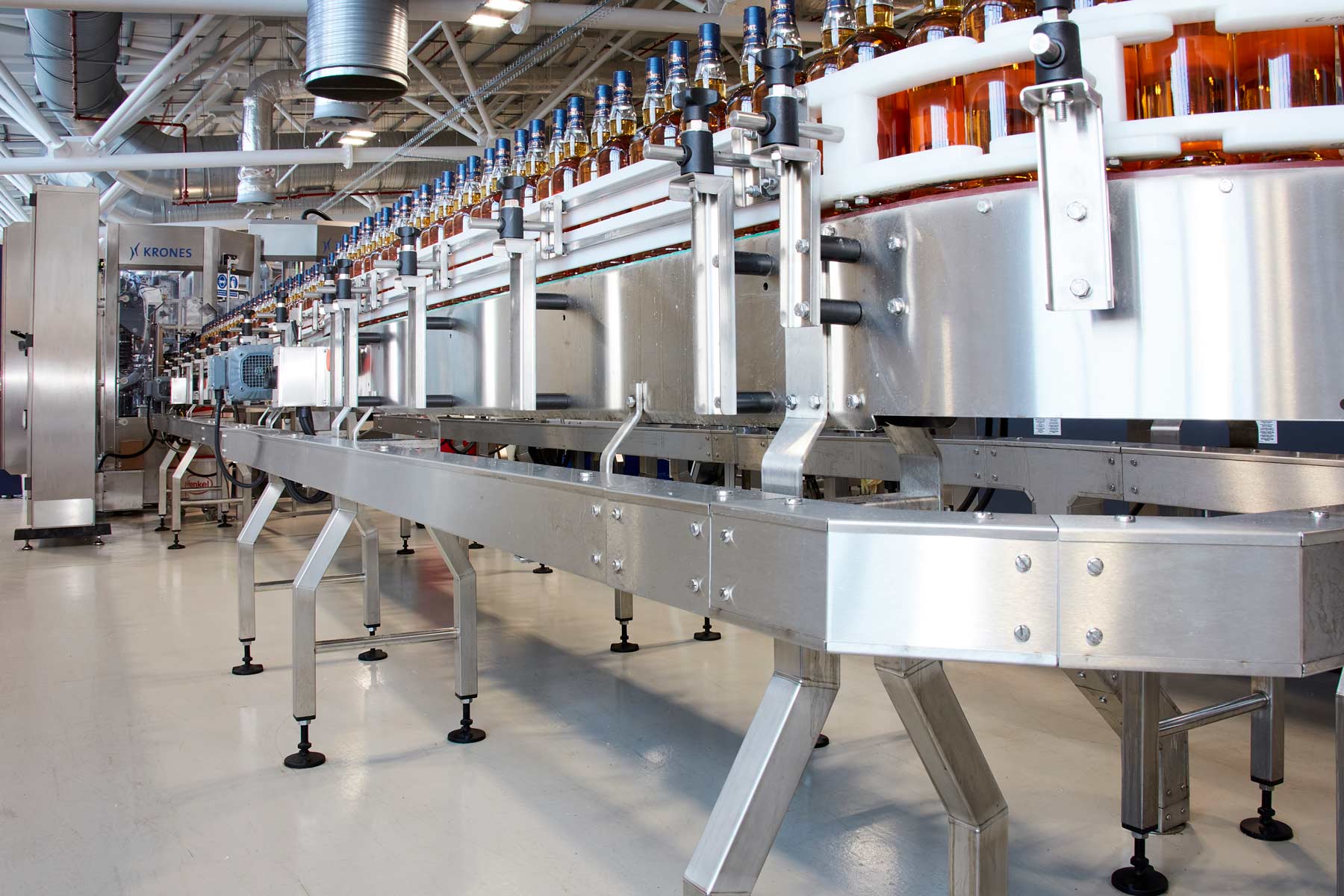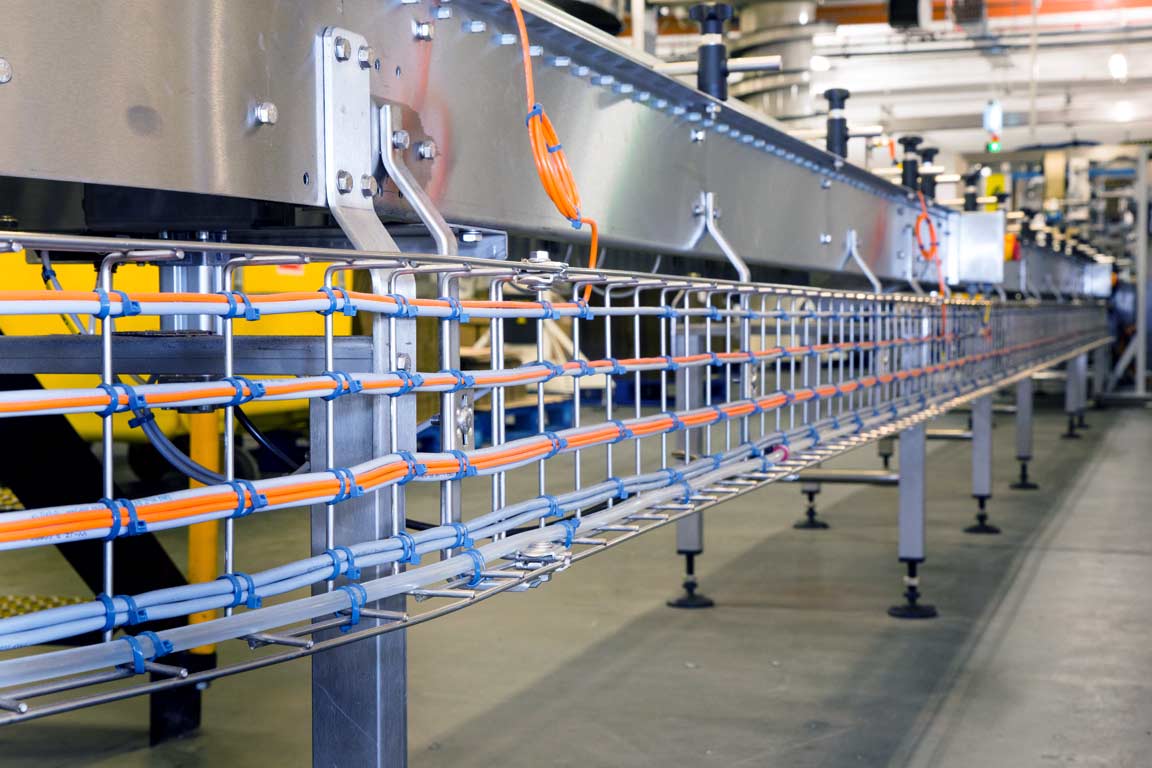-
Trunking Systems
Enclosed Trunking
Enclosed Apex Trunking
IP66 Enclosed Trunking
- Cable Tray
-
Ladder System
Medium Duty Cable Ladder System
Heavy Duty Cable Ladder System
-
Basket Tray
Basket Tray
- Channel
-
Conduit
Conduit Solutions
-
Isolator Boxes
-
Enclosures & Boxes
Enclosures
- All Enclosures
- Wall Mounted
- Slope Top Enclosures
- Viewing Panel Enclosures
- Floor Mounted
- Printer Enclosures
Terminal & Push Button Boxes
Gang Boxes



